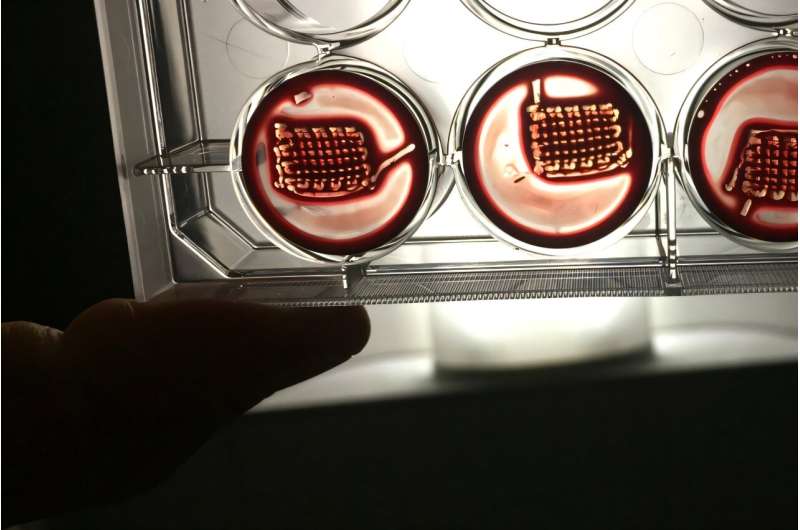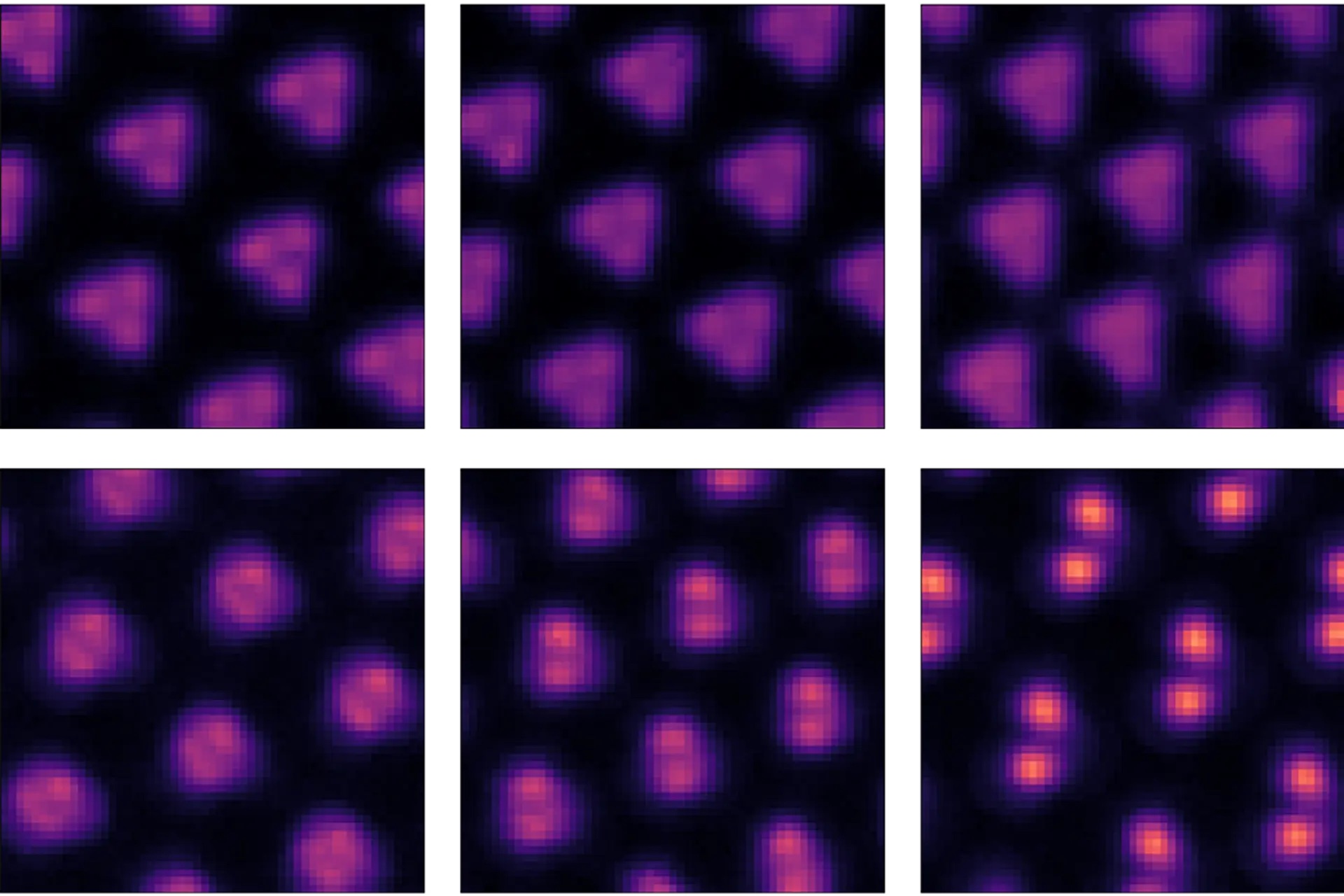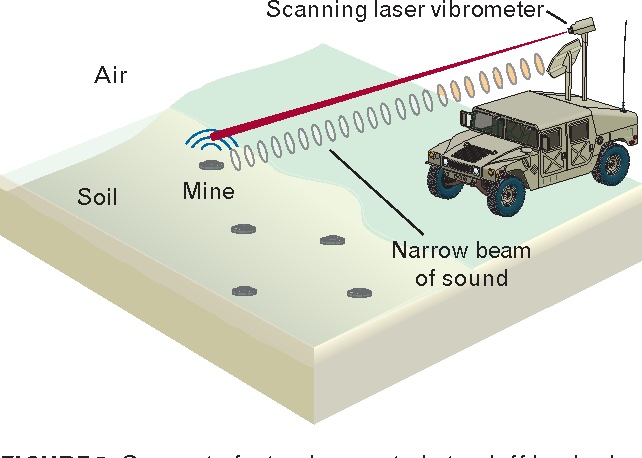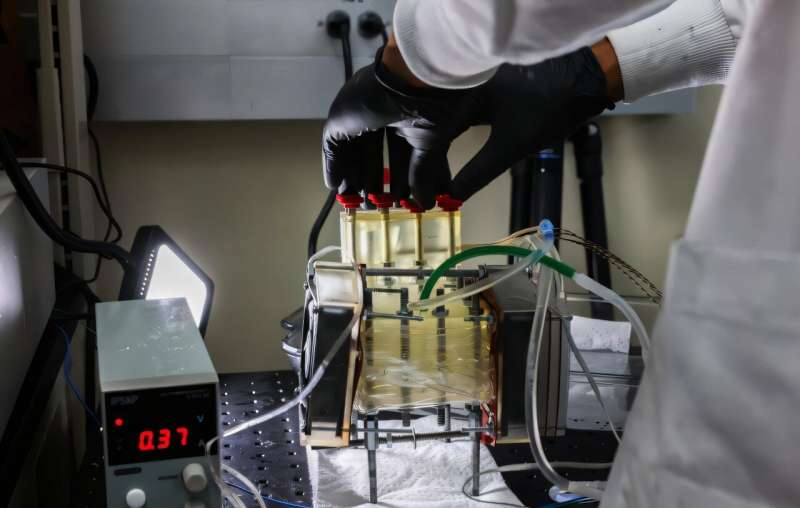In a groundbreaking development, scientists have created a new “biocooperative” material derived from blood, which has shown great promise in repairing bones and could pave the way for personalized regenerative therapies. Researchers from the University of Nottingham’s Schools of Pharmacy and Chemical Engineering have harnessed the power of peptide molecules to guide key processes in natural tissue healing, creating living materials that enhance tissue regeneration. The research, published in Advanced Materials, marks a significant step forward in regenerative medicine.
Human tissues possess a remarkable ability to regenerate after injuries, especially when the damage is small. This healing process is complex and begins when liquid blood forms a solid regenerative hematoma (RH), a living microenvironment that consists of cells, macromolecules, and growth factors that work together to orchestrate regeneration. However, replicating this process in the laboratory has proven challenging due to its intricate nature.
Continue reading… “Revolutionary ‘Biocooperative’ Material Created from Blood to Repair Bones and Aid Regeneration”












